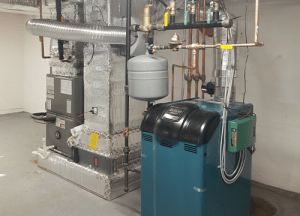Oil to Gas Conversion
There are a number of reasons to convert your home from oil to gas. These include energy savings and protection against volatile oil prices. Natural gas is considerably cheaper than oil. In fact, most energy experts predict that this trend will continue. Also, natural gas is cleaner than oil and can reduce harmful emissions by nearly 30%.
Once you have decided that you want to convert your home to natural gas, you need to contact your natural gas provider to determine if your property has an available gas line. If it doesn’t, the utility will need to install one. This is especially true if you live in a rural area. Once the gas line is installed, you can install the gas heating appliances.
Most new homes are built with gas heating systems, but older homes typically use oil. However, there are exceptions to this rule, such as isolated or off-grid homes. If you live in these types of homes, the gas infrastructure may not be readily available. If you’re thinking about converting your home from oil to gas, it’s important to know the cost of the process before making the decision.
If you’re ready to make the change, call a reliable natural gas conversion company to discuss your options. By working with a reputable company, you can rest assured that your oil to gas conversion will be a successful project. In addition to helping you make the right decision, these experts can also provide a free in-home estimate to help you decide whether switching to natural gas is a good idea.
Switching from oil to gas may also save you money. It will reduce the maintenance costs that you have to pay for oil. For instance, you won’t have to clean the chimney every year like you do with oil. And because gas is piped directly to your home, you won’t need to pay for trucking to your home. As long as you plan on staying in your home for at least ten years, the switch to natural gas is a good financial decision.
Oil to gas conversion can be simple and affordable if you follow a few steps. The process involves purchasing an energy-efficient boiler and installing a gas line. You will also need to test the heating system. Your technician will help you determine which model and size is right for your home. Then, you can move forward with the installation of the new gas furnace.
